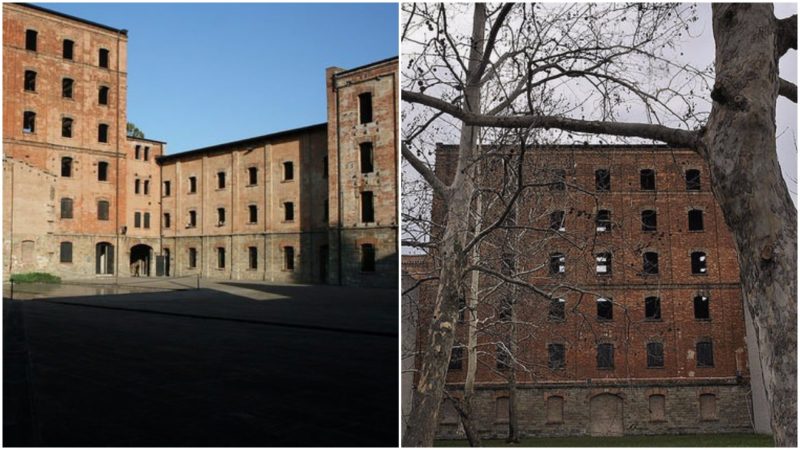The building itself was built in 1913 for the purpose of rice-husking. Located in Trieste, northern Italy, Risiera di San Sabba had run its business for some 30 years until that dreadful announcement of the beginning of World War Two.
During this period, the rice processing factory changed its initial use to something that became a black mark on the page of human history.
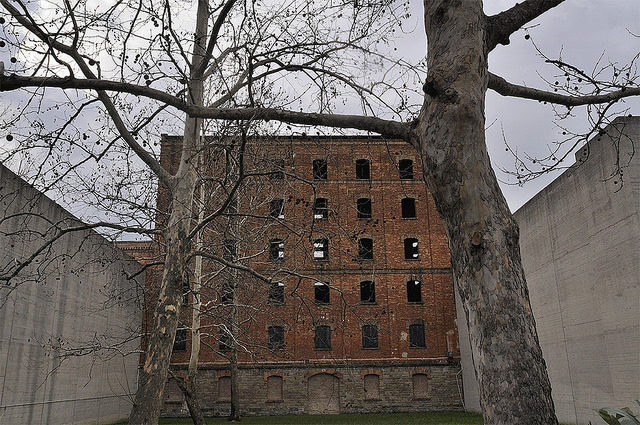
Risiera di San Sabba was transformed into a Nazi concentration camp – the German occupation forces in Trieste were using this building as a place for detention and killing of political prisoners and “transit” camp for Jews (some of them were transferred to Auschwitz).
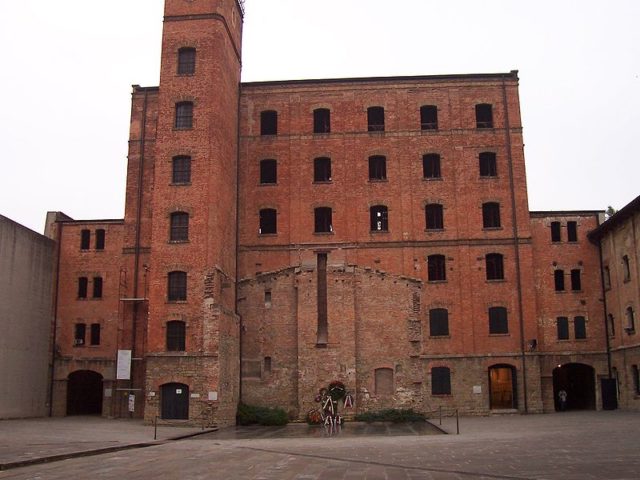
The preeminent figures that were involved in the killings that happen in this concentration camp were Ivan Marchenko (also known as Ivan the Terrible – a Treblinka guard), Karl Frenzel (officer in Sobibór extermination camp), and Odilo Globocnik (he had the leading role in Operation Reinhard – murder of over one million Polish Jews).
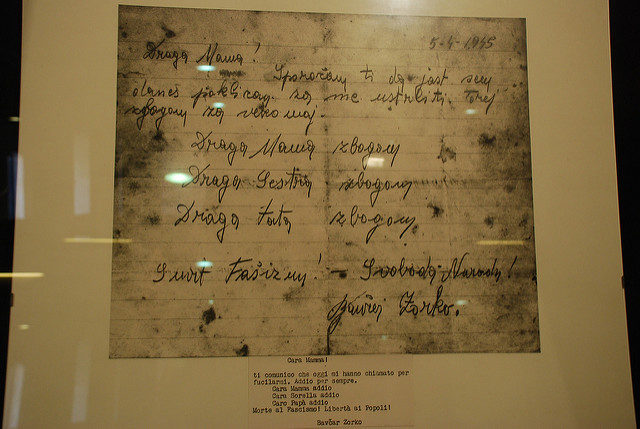
It was Erwin Lambert, a builder specialized in building enormous gas chambers that killed millions of people such as those found in Treblinka and the ones used in Operation Reinhard that built the cremation facilities in Risiera di San Sabba.
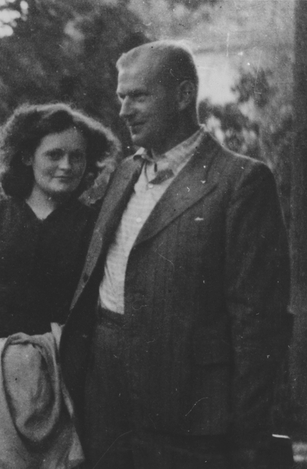
Many of the prisoners came from different areas most notably from Friuli, the Julian March and the Province of Ljubljana. A one-time prisoner in this concentration camp was Boris Pahor a Slovenian novelist that as a concentration camp survivor vividly remembers the horrors of the human madness.
The epilog of this whole drab and somber tragedy that happened in Risiera di San Sabba is more than 3,000 deaths that stain the crematorium floors. Thousands more were transported else were and many more are counted as disappeared.
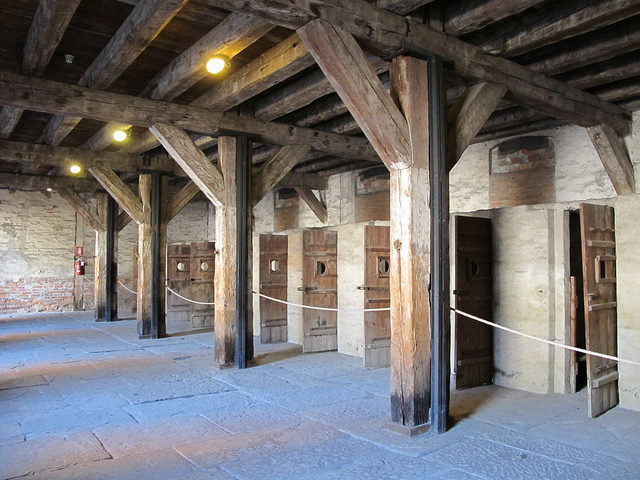
When the Second World War was coming to an end, the Nazis destroyed the crematorium that once took many lives in a frantic attempt to hide the evidence of their monstrous work. Later in the 1950s, Risiera di San Sabba was used as transit center and a refugee camp.
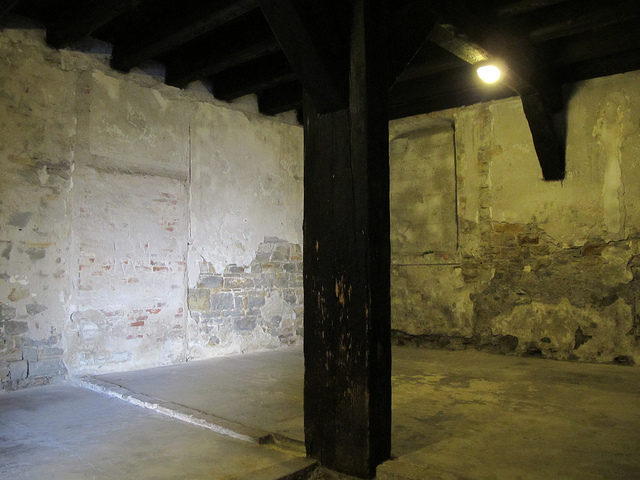
The Italians escaping from communist Yugoslavia together with the Croats and the Russians used this factory as their home from more than 3 years before they were able to migrate somewhere else. Risiera di San Sabba was declared as a national monument in 1965. Later in 1967, the building itself was transformed into a museum in order for history to be preserved.
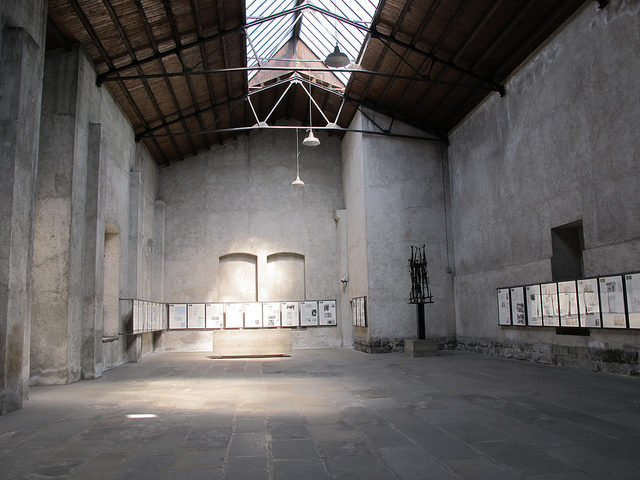
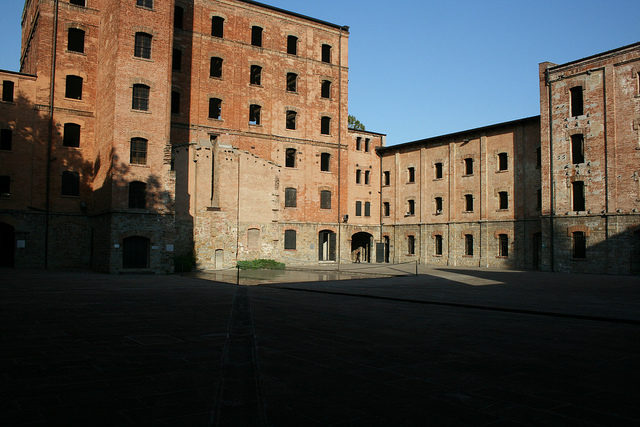
Today visible signs from the crematorium still remain as a testimony to a time of madness and murder. May all the victims rest in peace.
